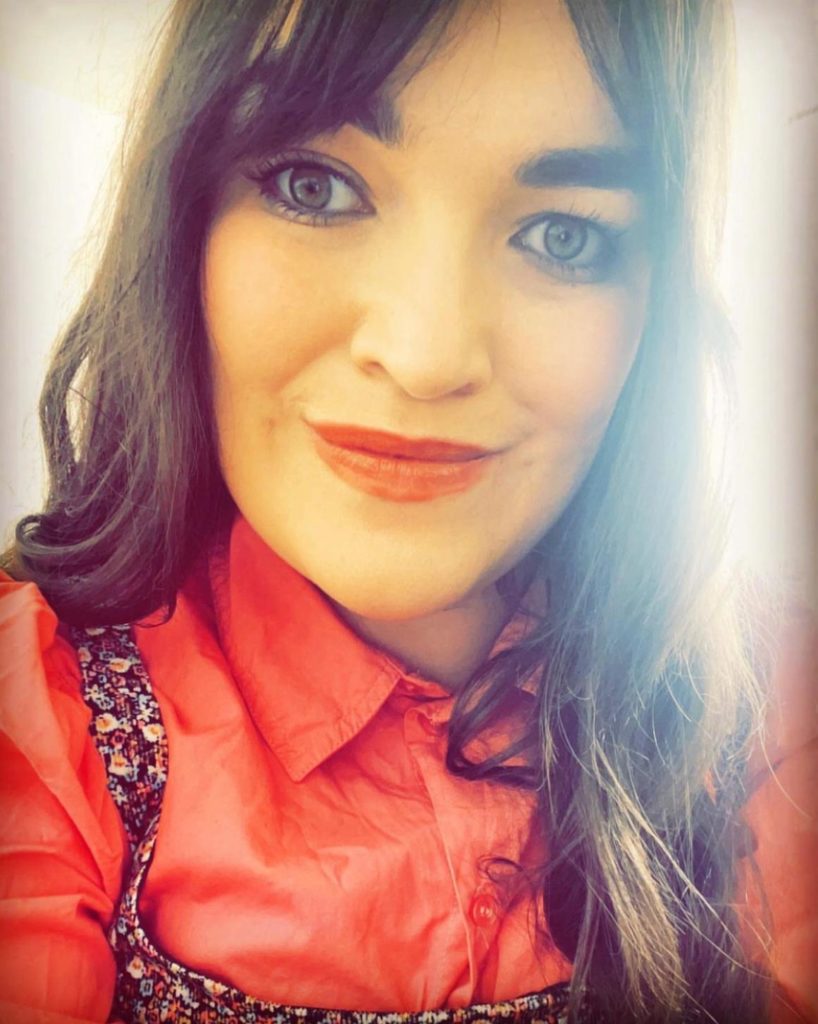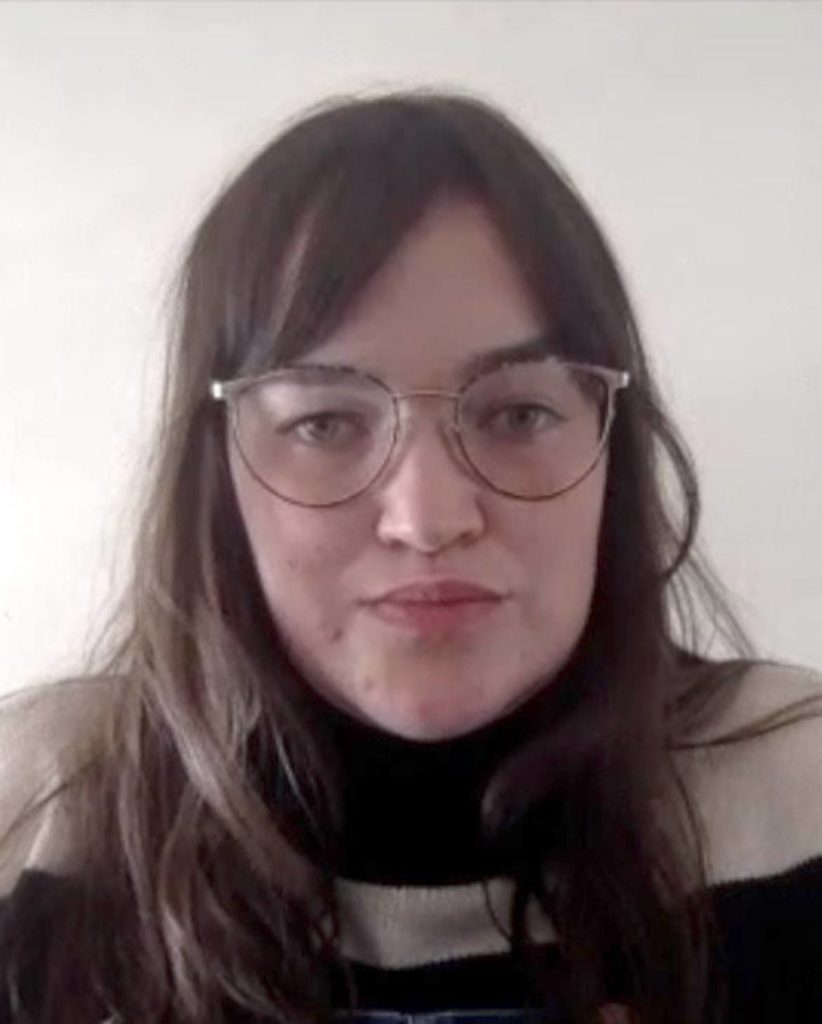Our Approach to Neurodevelopment for Dyspraxia
We have developed a unique approach to supporting children with dyspraxia offering an opportunity for growth and transformation.
Dyspraxia is a neurological condition that interferes with an individual’s physical coordination, making tasks such as writing, typing, or tying shoelaces significant challenges. This condition can greatly affect a child’s fine motor skills and speech, often leading to academic struggles and a hit to their self-esteem.

Reputedly Albert Einstein said, Education is not the learning of facts, but the training of minds to think. And this is our approach. We believe that everyone needs to learn how they learn best, especially neurodiverse students. Those with dyspraxia, ASD (Autism/Aspergers), dyslexia, and ADD/ADHD often have unique styles that they need to learn to understand.
Our personalized programs aim to turn the struggles associated with dyspraxia into strengths, guiding students not just to cope, but to flourish. This approach is borne out of my lived experiences. Despite my battles with severe dyslexia and dyspraxia, I found a way to transform these challenges into strengths and became committed to helping students do the same.
The Oxford Specialist Tutors approach combines an understanding of thinking differences with an understanding of how neurodevelopmental differences affect learning and cognition. We have found that traditional teaching methods may not be effective for students with dyspraxia. So our mission is to support neurodevelopment and cultivate study skills and techniques that work for our students, making the learning process more attainable, enjoyable, and ultimately, rewarding.
Grasping Dyspraxia in Context
A crucial element of our learning support strategy involves frequent dialogues with both parents and individuals living with dyspraxia. These interactions enable us to identify and comprehend the real-world challenges posed by this condition, providing invaluable insights that only firsthand experience can offer.

From these exchanges, we’ve observed certain common patterns and challenges that most individuals with dyspraxia face. These challenges, coupled with our extensive research and professional expertise, help us to shape an effective approach towards managing dyspraxia – our Neurodevelopmental Program.
We recognise that dyspraxia is a unique way of interacting with the world. Having dyspraxia presents a lot of challenges but it also often comes with an ability to develop strengths in intuitive thinking.

Specifically, some examples of dyspraxia challenges include difficulties with non-routine motor tasks, which can manifest in seemingly simple activities that most people take for granted. A child may struggle with fine motor skills such as tying shoelaces and writing, and gross motor skills such as sports and managing staircases.
These challenges can persist into adulthood. Difficulties in motor planning can be reflected in difficulties with planning your day or organizing your space. This can make ordinary activities like cooking, driving, or work tasks more challenging.
The goal of our Neurodevelopmental Program is to address these difficulties with a comprehensive and empathetic approach, making it easier for individuals with dyspraxia to lead fulfilling lives.
Neurodevelopmental Program
When supporting children with dyspraxia, we often recommend our Neurodevelopmental Program.
Simply put, neurodevelopment pertains to the growth and evolution of the brain’s neural networks, which are instrumental in learning and information processing.
Our program involves assessing which neurodevelopmental systems may be immature and in need of support. We also look at individual needs and interests and tailor neurodevelopmental activities accordingly. Often when the systems have been supported and developed, learning becomes easier and extra tuition becomes redundant.
Here are some of the systems that are often relevant to clients with dyspraxia:
- Vestibular System: The vestibular system is a complex set of structures in the inner ear and neural pathways associated with them. There are sensors that provide the brain information about the position and rotation of the head. This helps maintain balance and spatial orientation, and it plays a significant role in additional bodily functions. For example, the tightness of your muscles and their readiness to move, or ‘muscle tone’, and the movement of the eyes (see more on that below). An inefficient vestibular system is the reason that many people with dyspraxia suffer from falls or bump into people and things.
- Proprioception: This sense refers to our ability to perceive the location of our body parts, even without visual confirmation or physical contact with external objects. Essentially, proprioception is about understanding the spatial relationship between our body and the surrounding environment. A strong sense of proprioception is important for math, organization of belongings and thoughts, and even the correct use of tenses and prepositions in language. An inefficient sense of body-in-space may be involved in challenges with sleep, with general orientation as well as with sentence structure.
- Eye Movement: Whether following a moving object (such as a ball you’re hoping to catch) with the eyes, or moving the eyes along lines of text, when the eye movement is not smooth and efficient then reading, comprehension and concentration are compromised. Supporting smooth movement of the eyes may reduce eye strain. This can lead to improved reading speed and accuracy, better comprehension, and overall enhanced academic performance (and a better chance at catching balls).
- Interhemispheric Integration: This refers to the communication between the two sides of the brain. It’s essential for coordinating activities that involve both hands or sides of the body, like typing or playing sports. For example, while typing, the fingers on both hands need to move in a coordinated way to press the correct keys. This coordination is facilitated by effective interhemispheric integration. The concept extends beyond just physical actions. The integration and synergy between the two brain hemispheres enhance cognitive functions such as expressive language, problem-solving and creative thinking.
Again, each child is unique, so this is intended to provide representative examples. For any given child, we may find that we need to address other systems to support their development.
Neuroplasticity
The concept of neuroplasticity plays a significant role in neurodevelopment. Neuroplasticity refers to the brain’s capacity to form and reorganize synaptic connections, including in response to repeated activities.

We develop a comprehensive program of neurodevelopmental activities for your child. These programs start with an in-depth assessment, and the resulting activities program is entirely customized for your child based on the results of that assessment.
Our brains learn, grow and adapt throughout our lives. Carefully designed targeted activities can help the brain to become more efficient and allow you to pursue your dreams more effectively.
A Holistic Approach
We recognize that each learner is unique, so we employ a dual approach – combining study skills tutoring and neurodevelopment – that is flexible and tailored to meet each client’s needs.
We generally recommend that a student starts with our neurodevelopmental program. Our experience has been that our customers who engaged in a neurodevelopmental program needed little or no additional tutoring.

However, it’s important to note that the need for tutoring still varies from one individual to another. While the neurodevelopmental program is enough for most, some of our clients do benefit from targeted study skills. This is often the case for clients who are significantly behind in their studies and require extra support to catch up.
Therefore, the role of tutoring in our approach is always flexible; we adjust it according to the specific needs and progress of the individual. Whether it’s additional support after the neurodevelopmental program or an immediate need due to upcoming exams, our goal remains the same: equip our clients with the ability to excel academically and in life.
[button-book]



